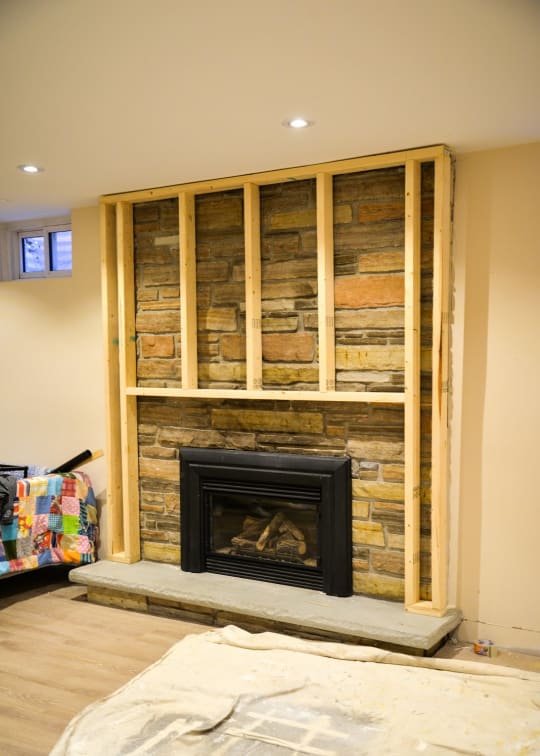Closing And Opening An Existing Fireplace
At a glance..
A fireplace, which is not used anymore, can be successfully closed to allow more wall space. The insertion of an air-brick is required in the closing of the fireplace to allow air to circulate between the room and the top of the chimney, via the flue and fireplace. This will stop moisture collecting in the soot and smoke deposits within them and forming damp areas.
The details..
Are you looking to create more wall space by closing up an unused fireplace? Or perhaps you want to restore a bricked-up fireplace back into use. This book offers practical advice for both scenarios, with detailed instructions on what materials are needed and how to complete each step safely.
For those wanting to close off their fireplace, this book recommends inserting an air-brick in order to prevent moisture build-up within the chimney. Additionally, it advises capping the chimney with a ventilated cowl from Chimney Caps UK Ltd., which will protect against nesting birds while allowing proper airflow.
If instead you're interested in opening up a previously closed-off fireplace, this book cautions against making any structural alterations that could compromise its efficiency or safety. It suggests carefully removing brickwork until reaching the original opening size before checking for potential issues such as capped-off chimneys.
Throughout these processes of either closing or opening fireplaces, readers can find helpful tips on everything from measuring bricks required (an average 400mm x 550mm requires around 13 bricks) to mixing sand and cement at appropriate ratios for building brickwork.
